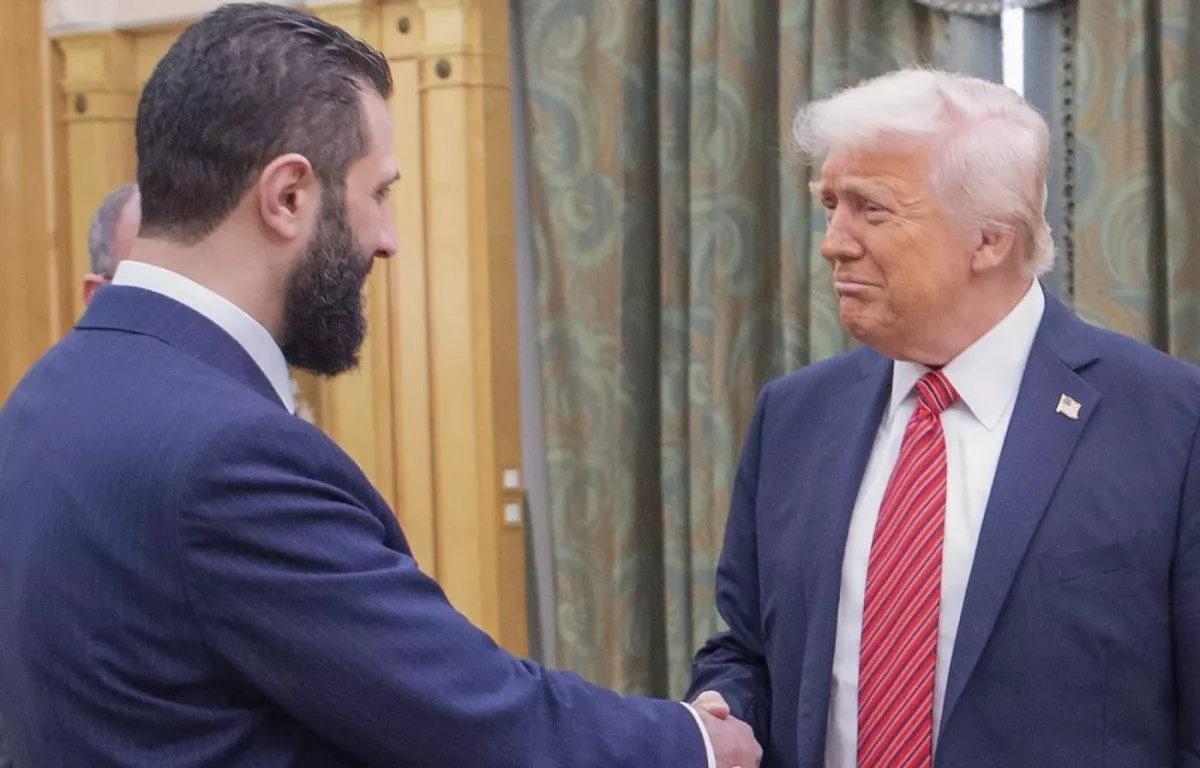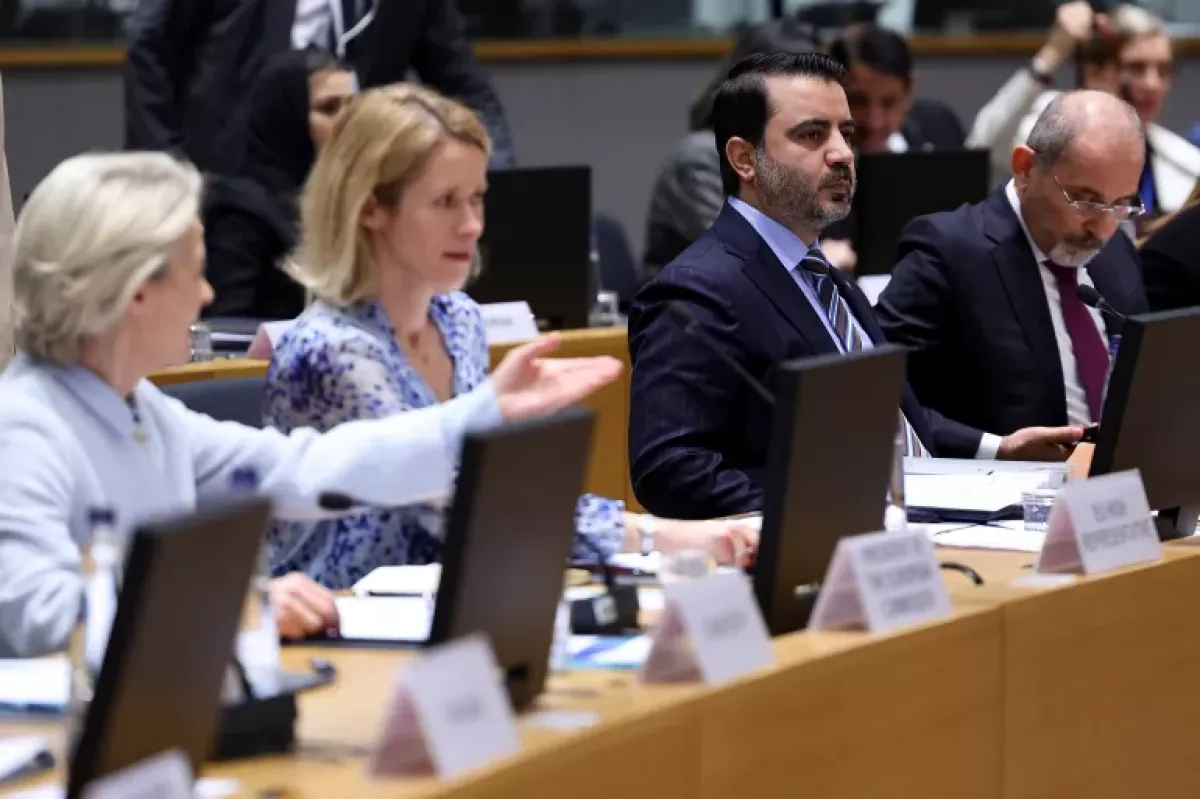How to untie Syria’s complex web of sanctions
In the course of his visit to Saudi Arabia in May, US President Donald Trump made a surprising announcement: he would order the cessation of US sanctions on Syria, saying it was to “give them a chance at greatness.” This declaration came shortly after reports revealed a diplomatic document outlining eight conditions set by the US for temporarily easing sanctions. Syria’s interim President Ahmed al-Sharaa appeared to accept these terms in a brief meeting with Trump, though the article suggests that many aspects still require negotiation.
As first reported by the Saudi newspaper Al Majalla, these conditions included banning Palestinian political activity in Syria, expelling Iranian and Palestinian armed groups, labelling the Iranian military a terrorist organization, and allowing US counterterrorism operations on Syrian soil.
Trump’s announcement was welcomed in Syria and across parts of the region. Observers hope that other Western powers, such as the EU and UK, will align with the US in easing sanctions, thus encouraging international financial institutions and donors to invest in Syria’s reconstruction. However, according to an ODI article, expectations for swift change may be unrealistic, as the easing process involves complex diplomatic and legislative steps, including approval from the US Congress.

Syria currently faces an extensive web of sanctions imposed by the UN, US, EU, and UK. These include asset freezes, travel bans, bans on oil and gas exports, and restrictions on banking, which have effectively excluded Syria from the global financial system. The consequences have included reduced government revenue and the growth of a shadow economy. US sanctions on Syria began in 1979 when Damascus deployed 25,000 troops to Lebanon to support its Maronite Christian allies during the ongoing civil war. Syria maintained a military presence there until 2005, exerting significant influence over Lebanese politics. The US restrictions were intensified during the Syrian civil war, particularly for international banks, especially through the secondary sanctions imposed by the Caesar Act and have been the main concern when assessing risk for transactions that involve the clearing of US dollars.
Following the fall of Bashar al-Assad in December 2024, there have been incremental steps toward sanctions relief. In January 2025, the US issued General Licence No. 24 (GL 24), allowing limited transactions involving governance and energy, and exempting personal remittances. However, US banks remained hesitant due to the risk of violating broader restrictions. In February, the EU lifted some sanctions in energy and transport and allowed related banking activities, provided the Syrian transitional government adhered to political and human rights commitments. The UK took a similar but slightly more extensive approach, easing financial service restrictions and removing sanctions on the Central Bank of Syria and dozens of entities.

Despite these steps, Syria’s re-entry into the international financial system is still partial. For example, while Qatar pledged to cover Syria’s World Bank arrears and pay public salaries — an $87 million grant exempted from US sanctions in May — broader engagement remains cautious. Syria’s presence at the IMF Spring Meetings in Washington signalled a thaw but lacked official US endorsement.
The article recalls that international sanctions targeting specific groups like Hayat Tahrir al-Sham (HTS) which emerged as the dominant rebel group whose takeover of Damascus led to the al-Assad government's toppling, as well as against its leader al-Sharaa, remain in effect under binding UN Security Council Resolution 1267. Delisting these entities would require UNSC approval, and Russia’s opposition complicates the process.
The article argues for a clearer and more coherent approach to sanctions. It questions whether the current system of layered and overlapping restrictions is the most effective way to encourage reform. A complete repeal of the current regime followed by a targeted framework of incentives and penalties might work better. Harmonizing efforts among the US, EU, UK, and UN could reduce confusion and regulatory risk, helping attract investment and stabilize Syria’s economy.
Further reforms must also address Syria’s own banking sector. The country remains on the Financial Action Task Force (FATF) grey list for deficiencies in anti-money laundering and counterterrorism financing. Like Iraq, Syria will require large-scale recapitalization and strong financial oversight mechanisms. For international investors and donors, these steps — alongside sanctions relief — will be crucial in facilitating Syria’s reconstruction and long-term recovery. The article's author therefore is cautious that Trump's announcement, though politically bold, is only the first step in what will be a long and complex process.
By Nazrin Sadigova








